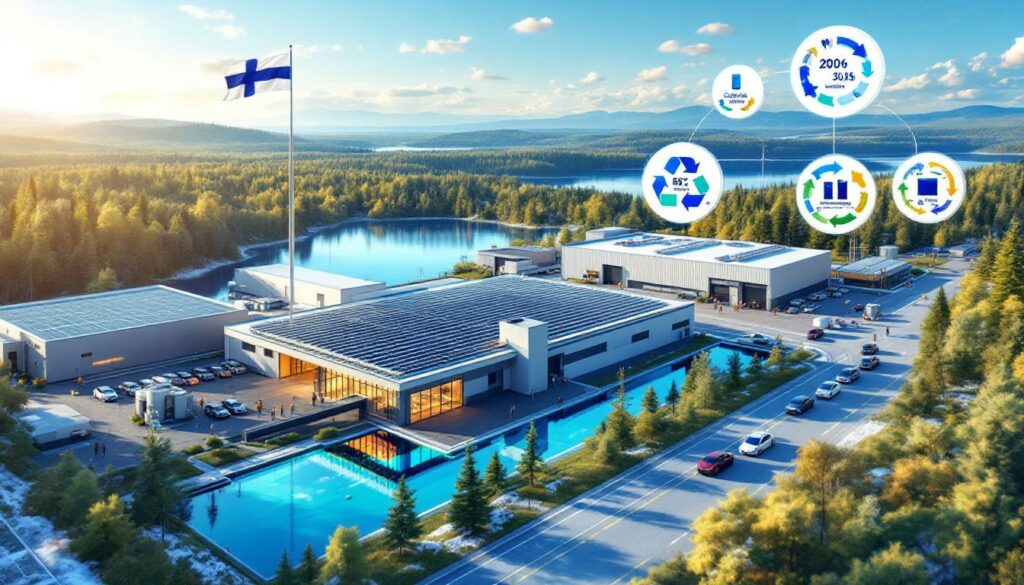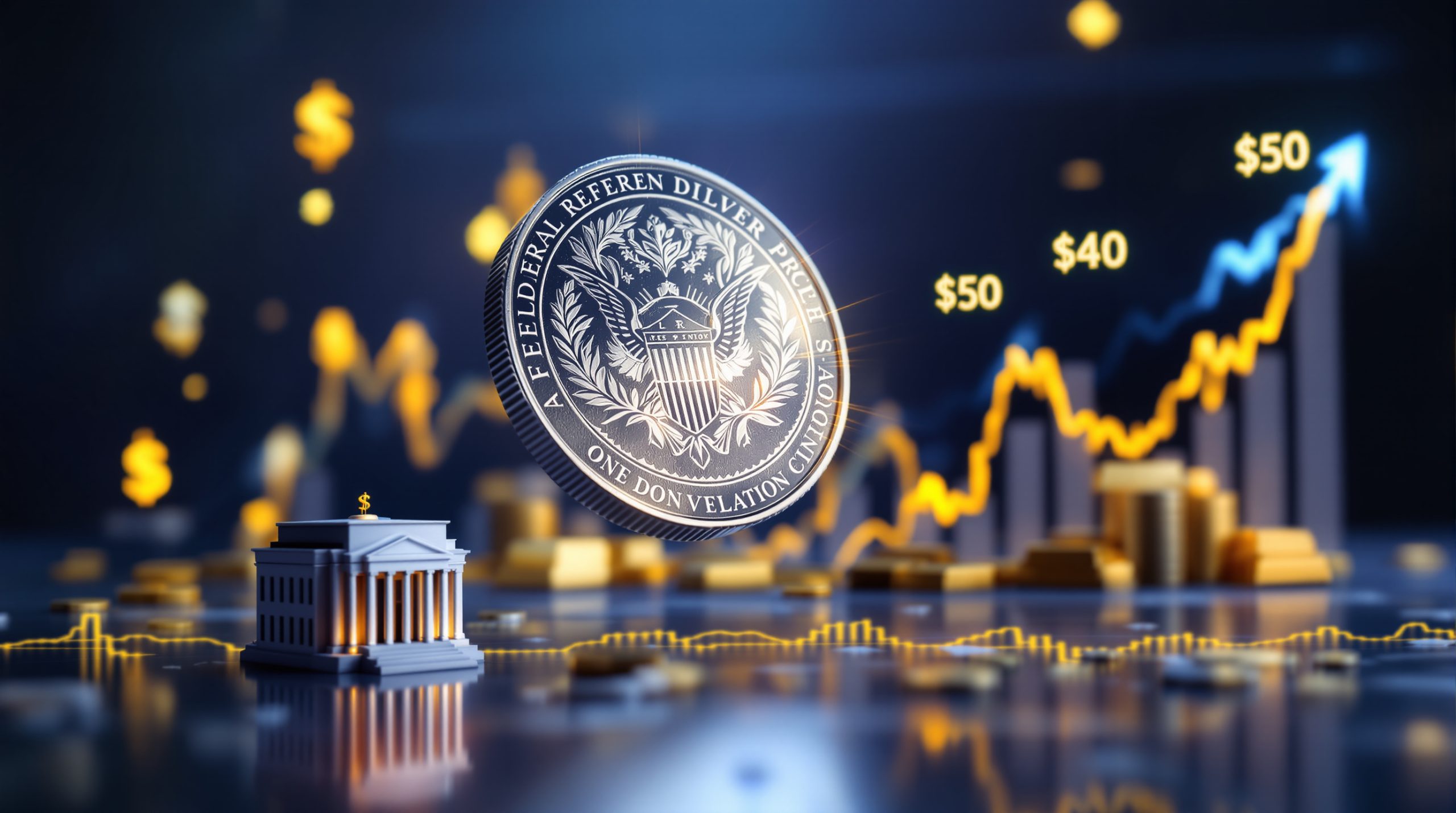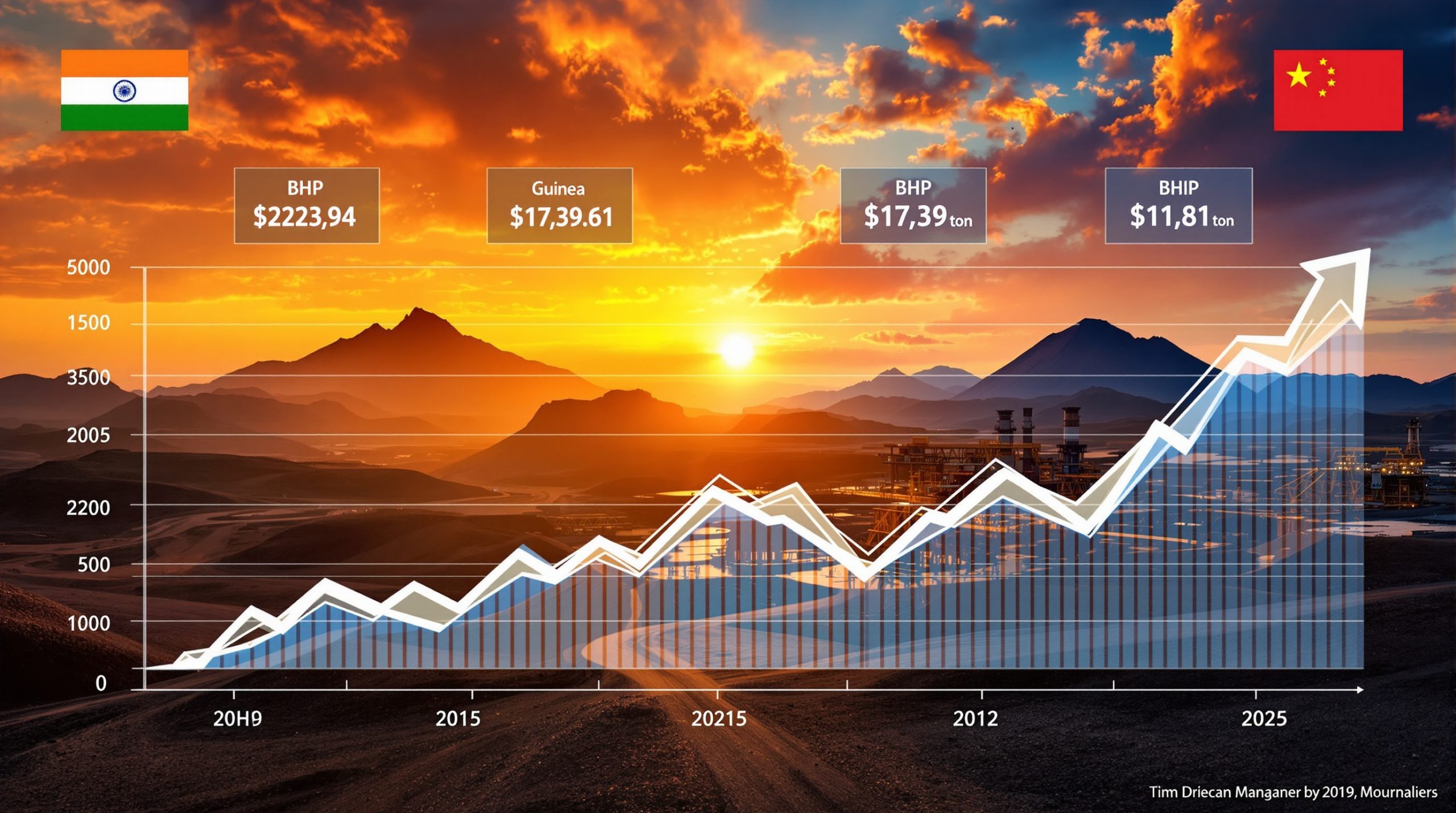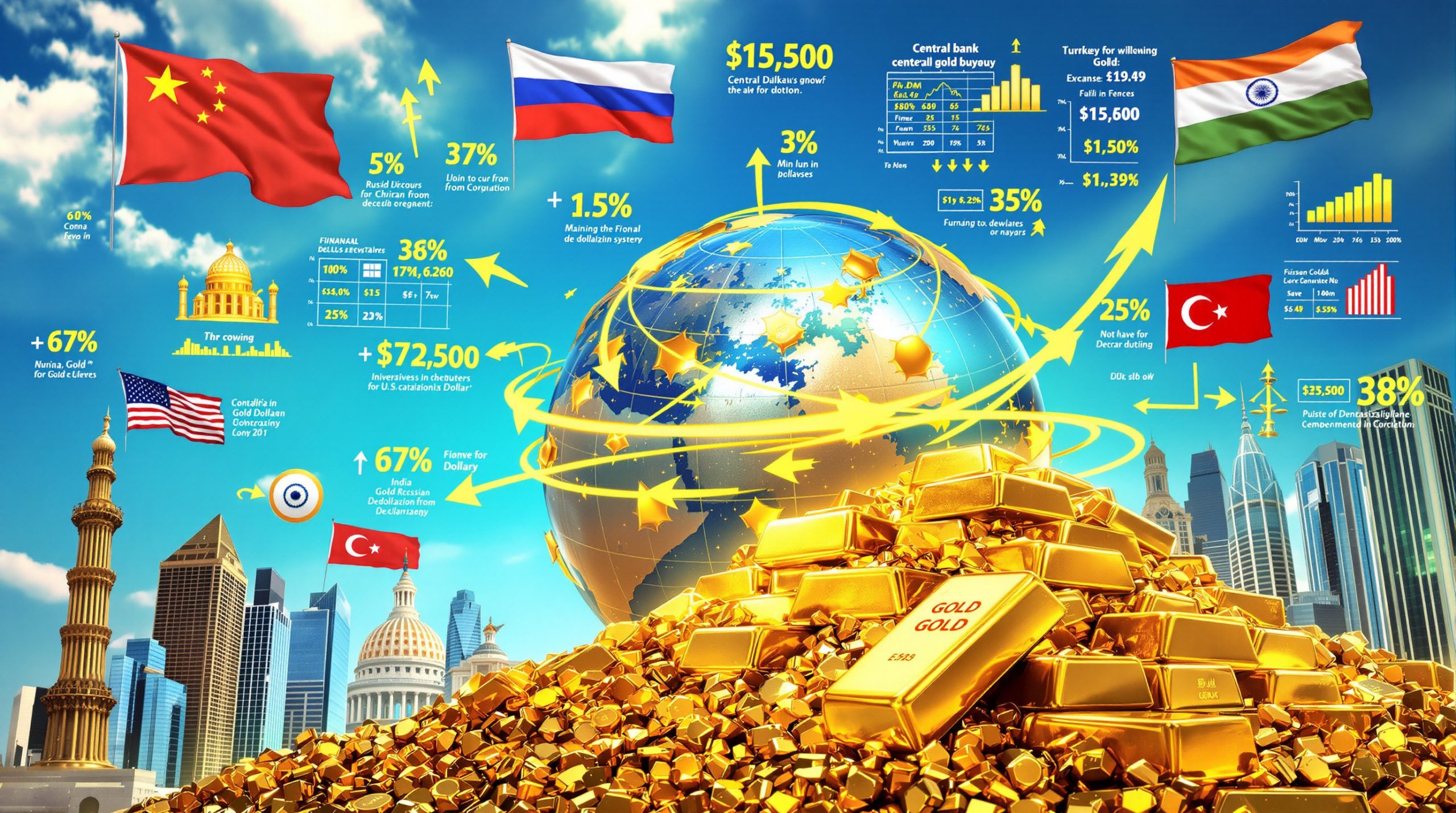Finland's Battery Supply Chain Development: Strategic Investments and Market Expansion
Finland is strategically positioning itself as a key player in Europe's battery materials supply chain, with recent significant government support driving growth in critical battery components manufacturing. The country's ambitious development of domestic capabilities in cathode active materials (CAM) production and battery recycling represents a strategic move to reduce Europe's dependence on Asian markets, particularly China.
Recent Government Support Fuels Strategic Growth
Business Finland, the government's funding agency, has provided substantial financial backing to strengthen Finland's position in the European battery ecosystem. Most notably, a €115 million grant to Easpring Finland New Materials will support CAM factory construction, while an €84.6 million grant to Fortum Battery Recycling will enable significant facility expansion.
These investments align strategically with the EU critical raw materials transition objectives, which aim to secure sustainable access to materials critical for green and digital transitions. By investing in domestic production capabilities, Finland is addressing key vulnerabilities in Europe's battery supply chain.
"These grants represent Finland's commitment to establishing sovereignty in critical battery materials production," notes industry analyst Emma Jokinen from the Finnish Battery Initiative. "The government recognizes that securing the upstream supply chain is essential for Europe's industrial competitiveness."
Finland's Strategic Position in European Battery Supply Chain
Finland enjoys several unique advantages that position it well in the battery materials sector:
- Resource advantage: Access to critical minerals and established mining expertise
- Energy security: Abundant renewable energy sources (hydropower, wind, biomass)
- Technical expertise: Strong metallurgical processing capabilities and research institutions
- Strategic location: Proximity to emerging European battery manufacturing hubs
- Sustainability focus: Commitment to environmentally responsible production methods
According to Statistics Finland, the country's renewable energy sources accounted for approximately 43% of total energy consumption in 2023, providing battery manufacturers with access to cleaner energy for production processes compared to many competing regions.
How Will Easpring's CAM Factory Transform Finland's Battery Ecosystem?
The establishment of Easpring Finland New Materials' cathode active material factory represents a significant milestone in Finland's battery supply chain boost. This facility addresses a critical gap in Europe's battery manufacturing capabilities.
Easpring's CAM Production Facility Details
Located in Kotka, southeastern Finland, the facility represents a strategic investment in European battery autonomy:
| Aspect | Details |
|---|---|
| Production capacity | 60,000 tonnes per year |
| EV impact | Materials for approximately 750,000 electric vehicles annually |
| Ownership structure | 70% Beijing Easpring Material Technology, 30% Finnish Minerals Group |
| Establishment date | March 2024 |
| Government support | €115 million grant from Business Finland |
| Employment impact | Estimated 120-150 direct jobs when fully operational |
The facility will produce advanced cathode active materials, the specialized compounds that determine a battery's energy density, charging speed, and overall performance. These materials typically represent 25-30% of a battery cell's cost, making domestic production strategically important for European competitiveness.
Strategic Significance of Domestic CAM Production
Europe's current reliance on imported cathode materials creates several vulnerabilities that Easpring's facility aims to address:
- Supply chain resilience: Reduces exposure to international shipping disruptions
- Cost efficiency: Minimizes transportation expenses and import tariffs
- Carbon footprint reduction: Lowers emissions from long-distance material transportation
- Innovation proximity: Enables closer collaboration between material producers and battery manufacturers
- Strategic autonomy: Supports EU's goals for battery production independence
"The Easpring facility represents a critical piece of the battery value chain puzzle," explains Professor Mikko Virtanen from Aalto University. "Without domestic CAM production, Europe would remain dependent on Asian suppliers for one of the most valuable components in battery manufacturing."
Contrasting with Previous Regional Initiatives
The Easpring project's progress stands in contrast to CNGR Advanced Material's decision to withdraw from a planned precursor cathode active material (pCAM) project in Finland in April 2025. CNGR cited a "challenging market situation" as the reason for its withdrawal, highlighting the volatile nature of the battery metals investment landscape.
Despite these market challenges, Easpring's commitment to the Finnish CAM facility demonstrates continued confidence in Europe's growing battery market and Finland's strategic position within it.
What Role Will Battery Recycling Play in Finland's Supply Chain Strategy?
Battery recycling represents a crucial component of Finland's circular battery economy strategy, with Fortum's facility expansion highlighting the importance of recovering critical metals from end-of-life batteries and production scrap.
Fortum's Battery Recycling Expansion Project
Fortum's Battery Recycling facility in Harjavalta, southwestern Finland, is undergoing a significant capacity expansion:
- Current capacity: 3,000 tonnes per year of black mass processing
- Planned expansion: Up to 28,000 tonnes per year (9.3x increase)
- Government support: €84.6 million grant from Business Finland
- Status: Europe's largest operating closed-loop hydrometallurgical battery recycling facility
- Materials recovered: Nickel, cobalt, manganese sulfates, and lithium hydroxide
- Technology advantage: Hydrometallurgical processes offer higher recovery rates than traditional methods
The expansion will enable Fortum to process a significantly larger volume of end-of-life batteries and production scrap, recovering valuable metals that can be reintroduced into the battery manufacturing supply chain.
Strategic Importance of Battery Recycling
Battery recycling offers several strategic advantages for Finland's battery sector:
"Creating a circular economy for battery materials isn't just environmentally responsible—it's economically essential. As EV adoption accelerates, recycling will become an increasingly important source of critical metals, potentially supplying up to 25% of battery material needs by 2035." — Environmental Systems Research Institute
The closed-loop hydrometallurgical process employed by Fortum allows for higher recovery rates of critical metals compared to traditional pyrometallurgical methods. This advanced battery recycling technology can recover over 95% of the metals in black mass, making it both environmentally and economically advantageous.
Battery recycling also addresses the EU's increasingly stringent regulations regarding battery collection and recycling targets, positioning Finnish companies favorably as these requirements take effect.
Business Challenges and Strategic Review
Despite the promising expansion, Fortum is conducting a strategic review of its Circular Solutions businesses, including battery recycling. The company is considering various options, including partnerships or ownership changes, reflecting the complex market dynamics in the sector.
The recycling operation faces competition from rising European black mass payables and export markets like South Korea that offer higher payables. This competitive pressure could potentially impact the financial viability of domestic recycling operations.
What Market Dynamics Are Affecting Finland's Battery Materials Sector?
The battery materials market in Finland and broader Europe faces complex dynamics influenced by global competition, pricing pressures, and evolving supply chains.
Black Mass Market Trends and Pricing
Black mass—the powdery material containing valuable metals recovered from crushed and shredded batteries—is subject to significant market fluctuations:
| Market | Typical Payables | Notes |
|---|---|---|
| Local European consumers | 50-60% ex-works | Domestic recyclers |
| Export markets (South Korea) | Approximately 70% ex-works | Higher returns but require export licenses |
| Recent Fastmarkets assessments (July 9, 2025) | 67-72% for cobalt and nickel | Week-on-week increase of 2 percentage points |
These payables represent the percentage of contained metal value that recyclers are willing to pay suppliers of black mass. The significant gap between domestic and export payables creates challenging economics for European recyclers.
"The competition for black mass is intensifying as more recycling capacity comes online globally," notes industry consultant Liisa Mäkinen. "European recyclers are caught between regulatory requirements to process locally and the economic reality of higher payables in Asian markets."
Supply Chain Challenges and Opportunities
Several factors impact the movement of battery materials throughout the supply chain:
- Regulatory complexity: Material exports often require notifications and permits
- Price disparities: Significant differences between regional markets affect material flows
- Vertical integration potential: Opportunities to connect recycling with CAM production
- Scale considerations: Achieving economic viability requires significant processing volumes
- Quality specifications: Variability in black mass composition affects processing costs
These dynamics create both challenges and opportunities for Finland's battery supply chain boost, requiring companies to adapt their business models and strategies accordingly.
How Does Finland's Strategy Compare to European Battery Initiatives?
Finland's approach to battery supply chain development fits within broader European efforts to establish sovereignty in battery production while addressing unique regional advantages.
Finland's Competitive Advantages
Finland brings several distinctive strengths to Europe's battery ecosystem:
- Mining tradition: Decades of expertise in extracting and processing minerals
- Metallurgical capabilities: Advanced facilities for refining and processing metals
- Sustainability commitment: Leading renewable energy integration in industrial processes
- Research institutions: Strong technical universities supporting innovation
- Strategic government backing: Consistent policy support for battery sector development
These advantages position Finland to focus on upstream materials processing and recycling within the European battery value chain.
Comparison with Other European Initiatives
Different European countries are focusing on distinct segments of the battery value chain:
| Country | Primary Focus | Notable Projects |
|---|---|---|
| Germany | Cell manufacturing | Tesla Gigafactory, CATL plant |
| Sweden | Sustainable mining and production | Northvolt Ett |
| Norway | Green battery production | FREYR Battery |
| Poland | Component manufacturing | LG Energy Solution plant |
| Finland | Materials processing and recycling | Easpring CAM, Fortum recycling |
This division of focus creates complementary capabilities across Europe, with Finland's materials expertise supporting cell manufacturing in other countries.
Integration with EU Battery Strategy
Finland's battery materials strategy directly supports the European Battery Alliance's objectives by:
- Reducing dependence on imported battery materials
- Creating sustainable and circular supply chains
- Supporting European industrial competitiveness
- Developing innovative technologies and processes
- Ensuring responsible and ethical sourcing practices
These alignments position Finland as an essential contributor to Europe's battery autonomy goals.
What Are the Environmental Implications of Finland's Battery Supply Chain?
Finland's battery materials strategy incorporates significant environmental considerations, positioning sustainability as a competitive advantage.
Sustainability Features of Finnish Battery Projects
Both Easpring's CAM facility and Fortum's recycling operation incorporate environmental considerations:
- Hydrometallurgical processing: Less energy-intensive than pyrometallurgical alternatives
- Closed-loop systems: Minimizing waste and maximizing resource recovery
- Renewable energy integration: Reducing carbon intensity of production
- Transportation efficiency: Shorter supply chains reduce emissions
- Water management: Advanced systems for minimizing consumption and contamination
These features align with growing demands from automotive manufacturers for materials with lower environmental footprints, creating a competitive advantage for Finnish suppliers.
"The carbon intensity of battery materials has become a critical factor in purchasing decisions. Automakers are increasingly tracking Scope 3 emissions, making locally produced, low-carbon materials more valuable." — European Battery Alliance 2025 Report
Environmental Regulations and Compliance
Finnish battery projects must adhere to stringent environmental regulations:
- EU Battery Regulation: Sets requirements for carbon footprint, recycled content, and end-of-life management
- Best Available Techniques (BAT): Mandatory implementation of advanced emission control technologies
- Water Framework Directive: Strict limits on wastewater discharge and treatment
- Environmental Impact Assessments: Required for all major industrial developments
- Circular Economy Action Plan: Targets for material recovery and waste reduction
Compliance with these regulations helps ensure Finnish battery materials meet the highest environmental standards, although it also adds to production costs compared to less regulated regions.
What Future Developments Can We Expect in Finland's Battery Sector?
The future of Finland's battery materials sector will likely be shaped by several key trends and developments that build on current investments.
Potential Growth Areas and Opportunities
Several promising directions for Finland's battery ecosystem include:
- Precursor material production: Developing pCAM capabilities to complement CAM production
- Advanced recycling technologies: Innovations to recover more materials at lower costs
- Battery-grade chemicals: Expansion into high-purity lithium and nickel compounds
- Next-generation chemistries: Materials for solid-state and sodium-ion batteries
- Testing and certification: Services to validate material performance and compliance
These expansions would create a more comprehensive domestic battery materials ecosystem, capturing additional value within Finland.
Challenges to Address
Despite promising growth, several challenges must be navigated:
- Price volatility: Fluctuations in raw material prices affecting investment decisions
- Technology evolution: Changing battery chemistries potentially disrupting established processes
- International competition: Low-cost producers continuing to pressure European manufacturers
- Scale requirements: Achieving economic viability through sufficient production volumes
- Feedstock security: Ensuring consistent supply of raw materials or recyclable batteries
Successfully addressing these challenges will require coordinated efforts between industry, government, and research institutions.
Investment and Expansion Outlook
The investment landscape for Finland's battery sector appears promising but nuanced:
- Continued government support: Likely additional funding for strategic projects
- Foreign investment interest: Potential new international partnerships building on Easpring model
- Automotive industry engagement: Possible vertical integration with car manufacturers
- Research collaboration expansion: Joint projects between industry and academic institutions
- Market consolidation possibilities: Potential mergers and acquisitions as the sector matures
As the European EV market continues to grow, Finland's battery supply chain boost is well-positioned to expand, though market volatility and technological changes will require adaptive strategies. Furthermore, recent Chinese battery recycling breakthrough technologies might create both competition and opportunities for knowledge sharing in the recycling sector.
FAQ: Finland's Battery Supply Chain Development
How significant is Finland's contribution to Europe's battery supply chain?
Finland is establishing itself as a key player in Europe's battery materials supply chain, particularly in cathode active materials production and battery recycling. With the Easpring CAM facility capable of supplying materials for approximately 750,000 EVs annually and Fortum's recycling capacity potentially expanding to 28,000 tonnes per year, Finland is creating critical infrastructure to support European battery manufacturing independence.
What companies are leading Finland's battery materials development?
Key players include Easpring Finland New Materials (a joint venture between Beijing Easpring Material Technology and Finnish Minerals Group), Fortum Battery Recycling, and Finnish Minerals Group (a state-owned company). These companies are developing critical infrastructure for CAM production and battery recycling with significant government support.
How does battery recycling contribute to supply chain resilience?
Battery recycling creates a circular economy for critical materials like nickel, cobalt, manganese, and lithium, reducing dependence on volatile primary material markets. Fortum's hydrometallurgical recycling facility recovers these materials from end-of-life batteries and production scrap, creating a more sustainable and resilient supply chain less vulnerable to international market disruptions.
What challenges does Finland's battery sector face?
The sector faces challenges including competition from established Asian suppliers, volatile raw material prices, securing sufficient feedstock for recycling operations, and balancing economic viability with sustainability goals. Additionally, projects like CNGR's pCAM facility have been postponed due to challenging market conditions, highlighting the volatile nature of the industry.
How does Finland's battery strategy align with EU objectives?
Finland's battery materials strategy aligns closely with the European Battery Alliance objectives and the EU Critical Raw Materials Act. By developing domestic production capabilities for critical battery materials and recycling, Finland contributes to European strategic autonomy in battery technologies and supports the continent's transition to electric mobility.
Can Finland's battery materials sector compete with established Asian producers?
Finland's competitive advantages include sustainability (lower carbon footprint), proximity to European manufacturers, technical innovation, and direct lithium extraction innovation, and strategic government support. While Asian producers maintain cost advantages from scale and experience, Finland's focus on sustainability and circularity positions it well as environmental considerations become increasingly important in purchasing decisions.
Disclaimer: This article contains forward-looking statements regarding Finland's battery sector development. Market conditions, technological advancements, and regulatory changes may significantly impact actual outcomes. Readers should conduct their own research before making investment or business decisions based on this information.
Ready to Track the Next Major Mineral Discovery?
Discover why significant mineral discoveries can lead to exceptional returns by exploring Discovery Alert's dedicated discoveries page, where our proprietary Discovery IQ model provides real-time alerts on significant ASX mineral announcements, empowering investors to act before the broader market. Begin your 30-day free trial today at https://discoveryalert.com.au/discoveries/.




